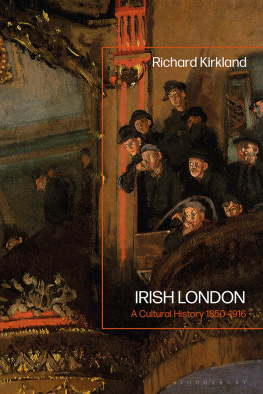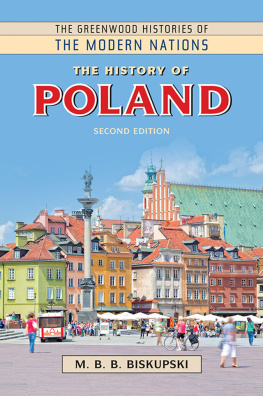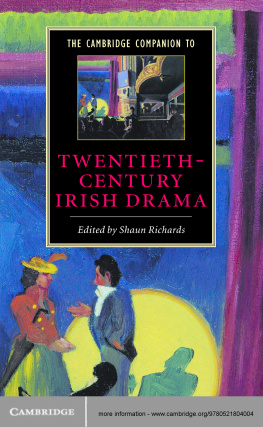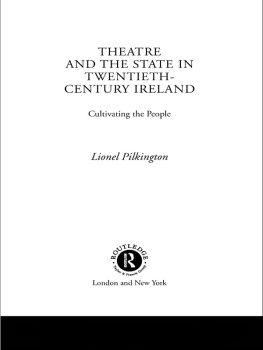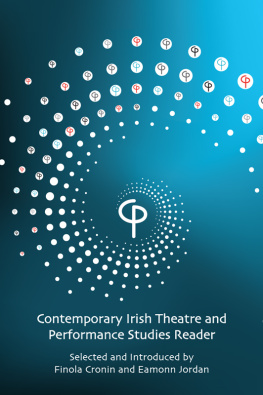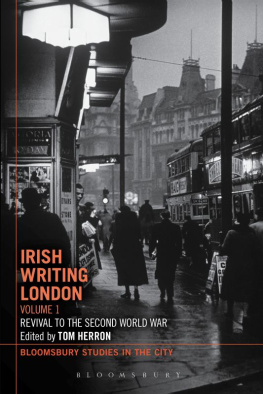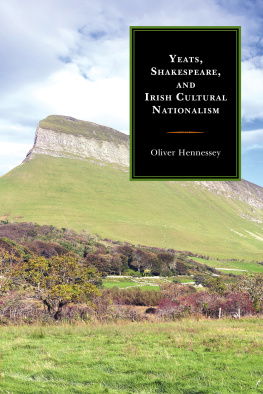

First published in the UK in 2016 by
Intellect, The Mill, Parnall Road, Fishponds, Bristol, BS16 3JG, UK
First published in the USA in 2016 by
Intellect, The University of Chicago Press, 1427 E. 60th Street,
Chicago, IL 60637, USA
Copyright 2016 Intellect Ltd
All rights reserved. No part of this publication may be reproduced, stored in a retrieval system, or transmitted, in any form or by any means, electronic, mechanical, photocopying, recording, or otherwise, without written permission.
A catalogue record for this book is available from the British Library.
Copy-editor: MPS Technologies
Cover designer: Stephanie Sarlos
Production managers: Jessica Mitchell and Richard Kerr
Typesetting: Contentra Technologies
Print ISBN: 978-1-78320-608-7
ePDF ISBN: 978-1-78320-609-4
ePUB ISBN: 978-1-78320-610-0
Printed and bound by TJ International, UK
Translators, in negotiating the rhythms of closure and openness in languages and cultures, both filter and infiltrate the target language and culture. In this respect, it might be opportune to move away from an image that has often been used to capture the task of the translator, the image of the bridge. Translation as a bridge between cultures, translators as bridge-builders, these metaphors are commonplaces of irenic pronouncements on the global importance of translation. However, it may be more useful to look under the bridge and see what is swirling down below. James Joyce opened his hymn to the polyphonic possibilities of modern urban life with this downward gaze:
riverrun, past Eve and Adams, from swerve of shore to bend of bay, brings us by a commodius vicus of recirculation back to Howth Castle and Environs.
Sir Tristram, violer damores, frover the short sea, had passencore rearrived from North Armorica on this side the scraggy isthmus of Asia Minor to wielderfight his penisolate war.
(Joyce 1939: 1)
The river that runs through Finnegans Wake carries with it the multitude of languages and cultures that have passed through the city of Dublin and into the mind and writings of the artist. Without the river, of course, there are no banks and no bridges. It is the river that defines the banks, brings the bridges into being. Rivers both define and ignore boundaries. They gather materials from both banks and bring materials to both banks. If the great civilizations of translation have grown up around rivers the Nile, the Tigris, the Euphrates is this not a reminder that translation is better understood not as suspended in the air but as caught up in the living currents of language and cultures that continue to flow through the landscapes of our dwelling places? The riverrun of translation is what both divides and unites us, and if in Heraclituss words, no man ever steps in the same river twice, it is because both the river and the man are themselves in endless recirculation, in an endless state of perpetual retranslation.
Moving from the banks of the Liffey to the banks of the Vistula and beyond, Barry Keanes captivating new work explores the dramatic currents of ideas, forms and expressions that have flowed between Irish and Polish cultures for more than two centuries. At different ends of the European geographical compass, fretting at different periods in the shadow of imperial overlords, tracing out the difficult, thankless paths to freedom, negotiating a hospitable relationship with the faiths of Fathers and Mothers, Ireland and Poland have much to talk about, much to engage with on the stage of world literature. As Polish becomes the most widely spoken foreign language in Ireland, Irish Drama in Poland: Staging and Reception 19002000 reminds us of the long literary and dramatic history that has linked the two countries. However, the importance of this book goes beyond the specificity of a relationship between two literary cultures and addresses the wider question of the survival and flourishing of particular cultures in the long European twentieth century. In particular, the work draws our attention to the labour of translation, the constant negotiation and renegotiation that takes place when a work moves in place and time and must be made anew in new places with new words. Nothing can be taken for granted. No assumptions can be made about ready recognition. Line by line, scene by scene, act by act, the translator must engage in that intense form of reimagining and remaking that is translation. In theatre translation, the drama of transformation is collective as directors, actors, set designers translate the text into the live performance of bodies moving and speaking in time. Translation here is not the solitary act of scholarly devotion but a gathering together, a concentration of the metamorphic energies of theatre to bring a character, a scene, a crux into splendid, redemptive life on the boards of a stage a thousand kilometres from the playwrights home. If theatre is, among other things, a kind of protracted dialogue, then translation is an inevitable partner in this dialogue if theatre is to advance beyond the stomping ground of origin.
The translators who feature between the covers of this book are the unaccredited ambassadors, the barely acknowledged plenipotentiaries, who year in, year out, work to keep the communication cords thrumming between different countries, different cultures, different languages. They often work in difficult, hostile circumstances, whether it be the censorious fury of the totalitarian or the blithe indifference of the commercial. They are sustained by a belief in the value of opening up worlds to each other, worlds that reveal how much divides us as much as what unites us. Translation does not provide a short cut to universal epiphanies. It is an apprenticeship of difference, but where difference is an invitation to explore and not a refusal to budge. Too often, translators are missing from literary histories, dictionaries of national biography, newspapers reports, theatre reviews, but they haunt the interstices of any culture that is irrigated by the news from elsewhere. Barry Keane brings to light these largely forgotten histories of linguistic mediation and cultural contact. In doing this he not only offers more complex readings of Irish and Polish cultures, too often beholden to the monocular vision of the monolingual, but he shows the crucial role played by translator-citizens in the construction of a World Republic of Letters.
W. B. Yeats in his poem, To Ireland in the Coming Times (1893) saw literature and history as tied in a mutual knot of self-regard:
Know, that I would accounted be
True brother of a company
That sang, to sweeten Irelands wrong,
Ballad and story, rann and song;
The poet rights the historical wrongs of an Ireland or a Poland in the measured beats of his songs. The company that features in Irish Drama in Poland is at once a company of players and a company of translators that do not so much sweeten as explore, investigate, tease out the recurrent wrongs of what it is to be human. This original and compelling work calls for another kind of accounting, the accounting of the work of the true brothers and sisters of the transformation of the word; those working between Irish literature and the Polish stage that brought whole new worlds into being for the coming times.
Michael Cronin
Dublin, 5 December 2014
I would firstly like to thank An Foras Feasa, the Institute for Research in Irish Historical and Cultural Traditions at the National University of Ireland, Maynooth, and SALIS, the School of Applied Language and Intercultural Studies at Dublin City University, for the coawarding of a postdoctoral fellowship without which I could not have begun this project. Writing this book has been a deeply enriching experience, not least for the interest shown by so many along the way. Principally, I would like to extend my thanks to Michael Cronin who has mentored me in the writing of this book. This heartfelt appreciation also extends to the staff of SALIS, in particular Dorothy Kenny and Jenny Williams. I would also like to express my warmest thanks to Margaret Kelleher and all the team at An Foras Feasa for their generous support and hospitality.
Next page


